How to Solve Loud Noise Issues in Commercial Water Purification Equipment
1. Pump Noise - A Deep Dive into Causes and Solutions
Cavitation - Detailed Explanation and Prevention Strategies
Cavitation occurs when the pressure within the pump drops below the vapor pressure of the liquid being pumped, causing the formation of vapor bubbles. As these bubbles move into higher-pressure zones within the pump, they violently collapse, generating shockwaves that produce a characteristic knocking or popping sound. Cavitation not only creates noise but can also cause significant damage to the pump's impeller and casing. Preventing cavitation involves ensuring adequate suction pressure at the pump inlet. This can be achieved through:
- Strategic Pump Location
- Unobstructed Suction Lines
- Temperature Control
- Correct Pump Selection
Routine Pump Maintenance
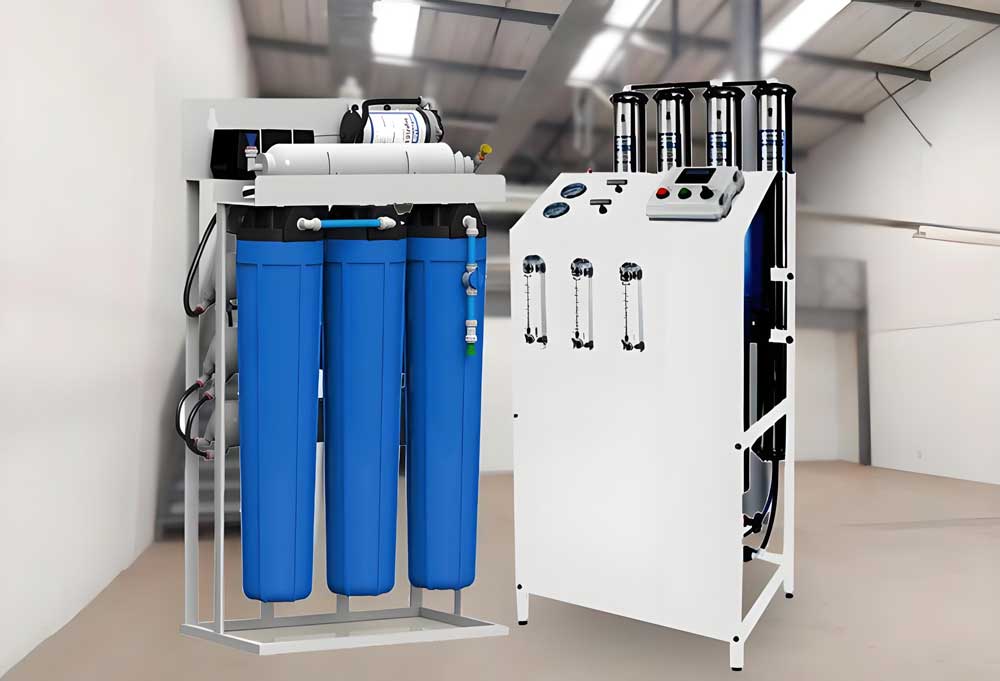
Vibration - Types, Impacts, and Comprehensive Isolation Techniques
Pump vibration, which can be either mechanical (due to imbalanced rotating components or misalignment) or hydraulic (caused by turbulent or pulsating fluid flow), is a significant contributor to noise. Excessive vibration not only generates audible noise but can also accelerate pump wear, damage connected piping, and even affect the structural integrity of the installation. Comprehensive vibration isolation techniques include:
- Appropriate Vibration Isolation Mounts
- Flexible Connectors
- Reinforcing the Pump Foundation
- Dynamic Balancing
Worn Bearings - Early Identification and Proactive Maintenance
Bearings are critical components within the pump, and their wear and tear can lead to increased friction, generating a persistent humming, squealing, or even grinding noise. Early detection of worn bearings is essential to prevent further damage to the pump. Signs of bearing wear include increased noise levels, excessive vibration, and abnormal temperature increases in the pump housing. Regular lubrication with the correct type and amount of lubricant, as specified in the pump's manual, is crucial for extending bearing life and minimizing noise.
Loose Mounting - Inspection Frequency and Proper Fastening
Regularly inspecting the pump's mounting bolts and base connections for looseness is vital. Loose components can cause the pump to wobble and generate additional noise and instability. When tightening bolts, use the appropriate tools and adhere to the manufacturer's recommended torque specifications to ensure secure fastening without over-tightening.
Incorrect Pump Sizing - The Importance of System Demand Assessment
Selecting a pump that is either undersized or oversized for the system's requirements can lead to inefficient operation and increased noise. An undersized pump may struggle to meet demand, leading to noisy operation under strain, while an oversized pump may operate at a less efficient point on its performance curve, generating unnecessary noise. A thorough assessment of the system's flow rate, head pressure, and other operating parameters is crucial for selecting the most appropriate pump.
Pump Materials and Design - Impact on Noise Levels
The materials used in the construction of the pump and its overall design can also influence the noise it produces. For example, pumps with thicker casings and more robust designs tend to generate less noise. Some manufacturers offer специально разработанные low-noise pump models that incorporate features like optimized impeller designs, dampened casings, and noise-absorbing materials.
2. Valve Noise - Implementing Finer Solutions
Water Hammer - Comprehensive Protection Measures
In addition to installing water hammer arrestors, several other strategies can help mitigate this issue:
- Slow Valve Closure
- Strategic Pipe Layout
- Air Chambers
- Appropriate Valve Selection
Faulty Valve Operation - Proactive Maintenance Practices
Regular inspection and maintenance of valves, including cleaning valve bodies, lubricating stems, and replacing worn seals, can prevent malfunctions that lead to noisy operation.
High Flow Rates - Optimizing Piping Design
If excessive flow velocity is the primary cause of valve noise, consider replacing sections of piping with larger diameters or implementing flow restriction devices to reduce the speed of water passing through the valves.
Valve Types and Noise Characteristics - Choosing Low-Noise Options
Different types of valves inherently produce varying levels of noise during operation. For example, solenoid valves often emit a distinct clicking sound during actuation, while pneumatic valves tend to be quieter. In noise-sensitive environments, prioritizing the selection of low-noise valve types is advisable.
3. Filter Housing Noise - Advanced Noise Reduction Techniques
Selection and Application of Vibration Damping Materials
Beyond standard rubber pads, other materials like neoprene and silicone offer superior vibration damping properties. Ensure these materials are placed strategically between the filter housing and any supporting structures to effectively absorb vibrations.
Housing Design and Material Composition
The thickness and material of the filter housing itself play a crucial role in its susceptibility to vibration and resonance. Housings made from thicker, denser materials or composite materials tend to be less prone to generating noise. Some специально разработанные filter housings may also incorporate internal reinforcing ribs or sound-absorbing liners.
Acoustic Enclosures for Filter Housings
For situations where filter housing noise is a persistent problem, consider installing custom-designed acoustic enclosures. These enclosures utilize sound-absorbing materials to effectively dampen the noise radiating from the housing.
4. Reverse Osmosis (RO) System Noise - Comprehensive Analysis and Mitigation
Permeate Pump Vibration - Advanced Isolation Techniques
In addition to standard vibration isolation mounts, more advanced techniques like active vibration isolation systems, which use sensors and actuators to actively counteract vibrations, can be employed for particularly noise-sensitive applications.
Membrane Vibration - System Parameter Optimization
Optimizing the operating parameters of the RO system, such as slightly reducing the feed water pressure and flow rate within acceptable limits, can help minimize membrane vibration.
Drain Line Gurgling - Professional Plumbing Modifications
Addressing drain line gurgling often requires professional plumbing modifications. Increasing the diameter of the drain line, ensuring proper slope, and installing dedicated drain line vents can help prevent air from being trapped and causing noise.
RO System Design and Noise Considerations
When designing an RO system, minimizing sharp bends and long horizontal runs in the piping, as well as strategically placing components to minimize noise transmission, are important considerations.
5. Water Flow Noise - In-Depth Piping Optimization
Pipe Material and Noise Transmission
Different pipe materials exhibit varying levels of sound transmission. For example, metallic pipes tend to transmit water flow noise more readily than plastic pipes. In noise-critical environments, considering pipe materials with better sound-dampening properties may be beneficial.
Pipe Supports and Isolation - Preventing Structural Transmission
Properly supporting pipes with appropriate hangers and using vibration isolation hangers can prevent pipes from vibrating against the building structure, which can amplify water flow noise.
6. Air in the System - Prevention and Effective Elimination Strategies
Sources of Air Intrusion
Common sources of air in water purification systems include leaks in fittings, improper priming of pumps after maintenance, and dissolved air in the incoming water.
Application of Automatic Air Vents
Installing automatic air vents at the highest points in the system allows for the continuous release of trapped air without manual intervention.
Thorough Bleeding After Startup and Maintenance
After starting the system for the first time or after performing any maintenance that involves opening the system, it is crucial to follow the manufacturer's instructions for thoroughly bleeding the system to remove all trapped air.
7. Vibration of the Entire Unit - A Holistic Noise Reduction Approach
Component Balancing
Ensuring that all rotating components within the unit, such as motors and fans, are properly balanced during manufacturing and maintenance is essential for minimizing overall vibration.
Application of Flexible Connectors
Using flexible connectors in the unit's inlet and outlet water lines, as well as any electrical conduits, helps to isolate the unit's vibrations from the surrounding infrastructure.
Implementation of Acoustic Barriers
Placing acoustic barriers or screens around the unit can help to block or absorb noise radiating from the equipment.
8. Advanced Troubleshooting Techniques
Utilizing a Sound Level Meter
A sound level meter can provide quantitative measurements of noise levels, allowing you to identify the loudest components and assess the effectiveness of noise reduction measures.
Vibration Analysis
For complex vibration issues, specialized vibration analysis tools can be used to pinpoint the exact source and nature of the vibrations, enabling more targeted solutions.
9. Tailored Noise Reduction Strategies for Specific Commercial Environments
Office Environments
Prioritize the selection of water purification equipment with inherently low noise levels. Consider placing the unit in a separate room or closet away from work areas and utilizing sound-dampening enclosures.
Restaurant Environments
Locate water purification equipment in back-of-house areas, such as the kitchen or basement, and implement soundproofing measures to prevent noise from disturbing the dining area.
Healthcare Facilities
Choose ultra-quiet water purification systems that meet stringent healthcare noise level standards. Implement robust soundproofing and vibration isolation measures to create a healing and restful environment.
Laboratory Environments
Ensure that the operation of water purification equipment does not generate vibrations that could interfere with sensitive experiments. Consider using specialized low-vibration models and isolating the equipment from sensitive instruments.
10. Understanding Relevant Noise Regulations and Standards
Be aware of any local or industry-specific noise level regulations or standards that your commercial operation may need to comply with. Implementing effective noise reduction measures for your water purification equipment can help ensure compliance.
11. The Role of Preventative Maintenance in Ensuring Quiet Operation
Regular preventative maintenance is the most effective way to prevent noise issues from developing in your commercial water purification equipment. Following the manufacturer's recommended maintenance schedule for all components, including pumps, valves, filters, and motors, will help ensure optimal performance and minimize noise generation.
Conclusion: Investing in a Quiet Environment for Enhanced Operations
Addressing excessive noise from commercial water purification equipment requires a systematic approach that involves identifying the source of the noise and implementing appropriate solutions. By understanding the common causes of noise and applying the detailed strategies outlined above, businesses can significantly reduce noise levels, creating a more comfortable, productive, and customer-friendly environment. When faced with persistent or complex noise issues, seeking the expertise of qualified water treatment professionals is highly recommended. Remember, investing in a quiet operating environment is also an investment in the well-being of your employees and customers, as well as the long-term success of your business.
Must-Read Blogs For Chain Restaurants Owner

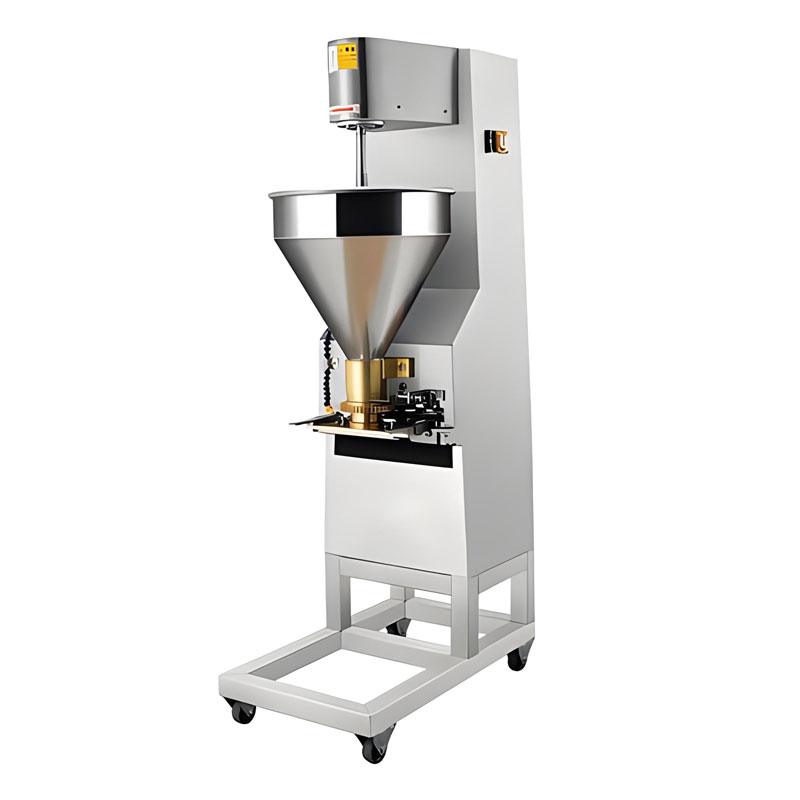
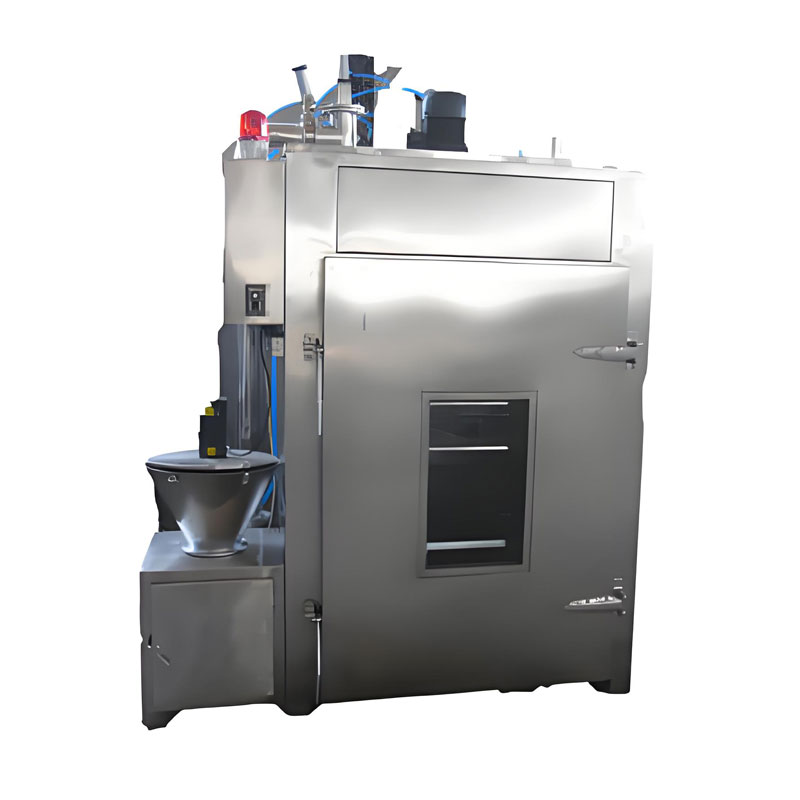
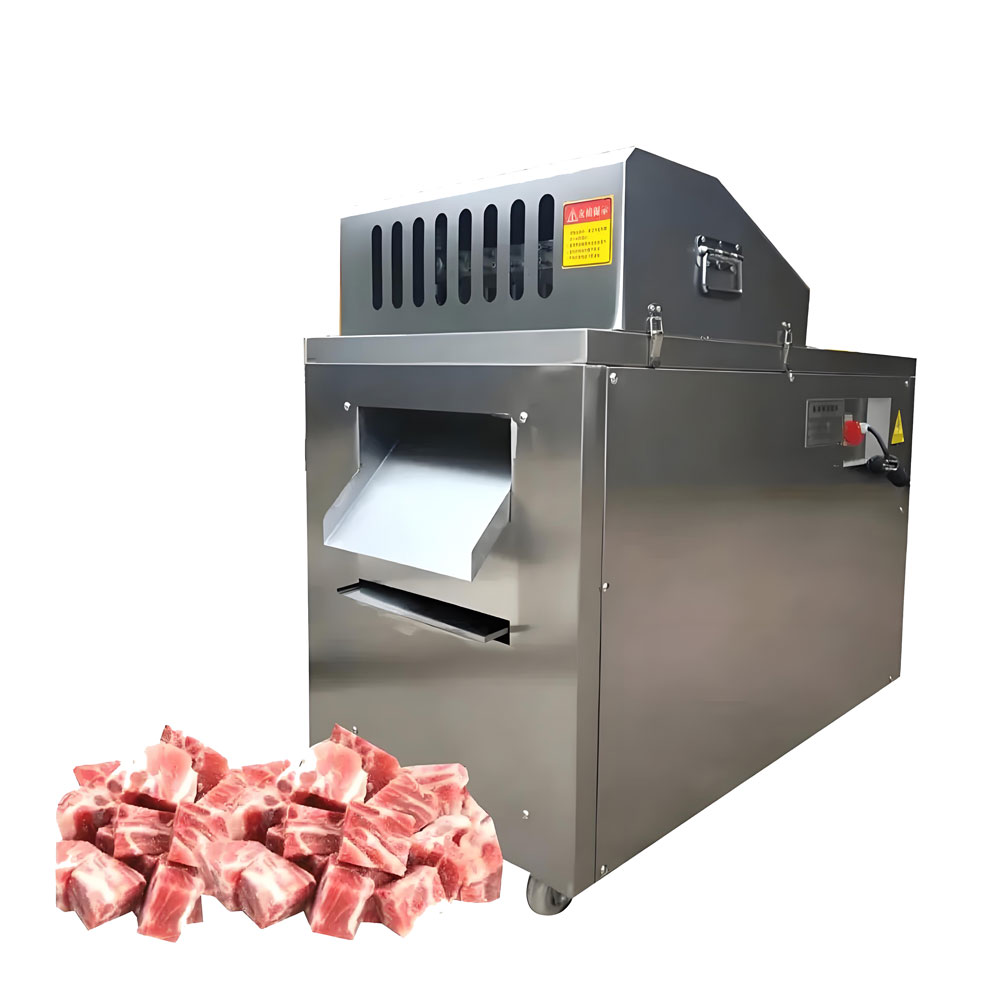
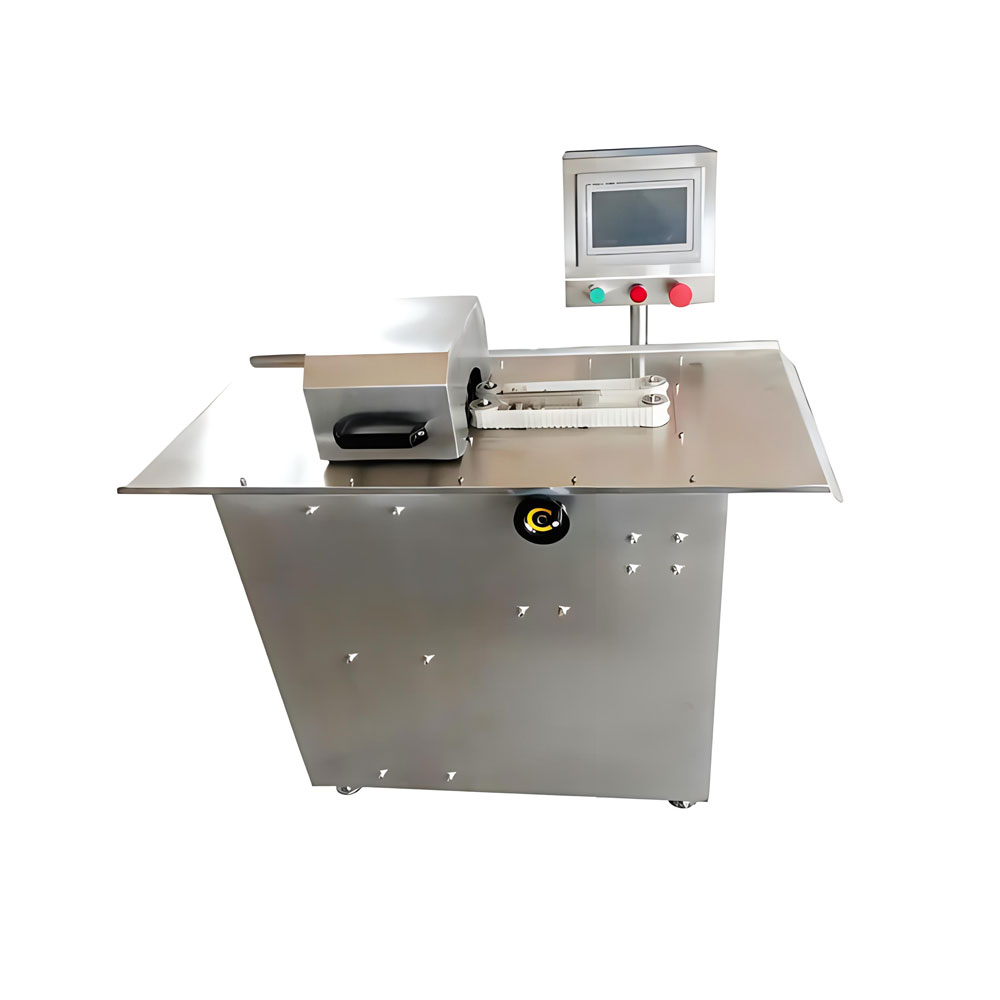
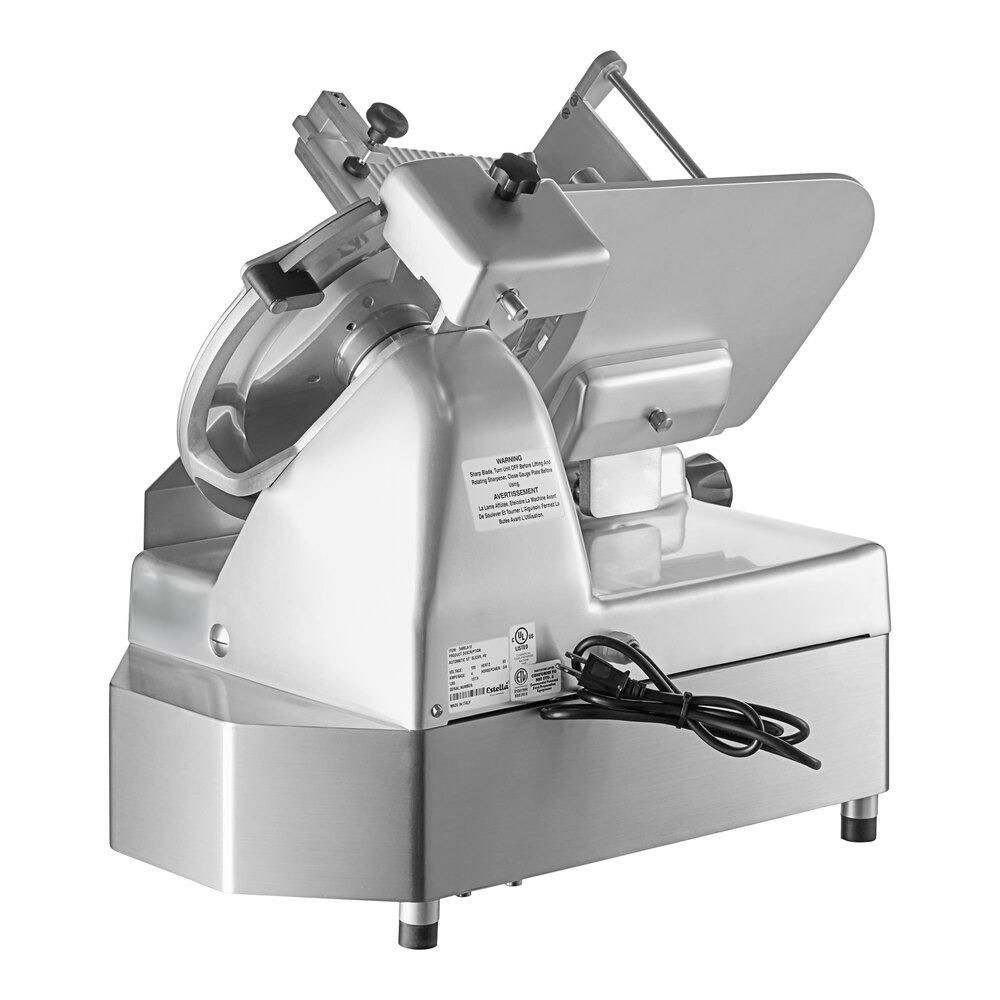
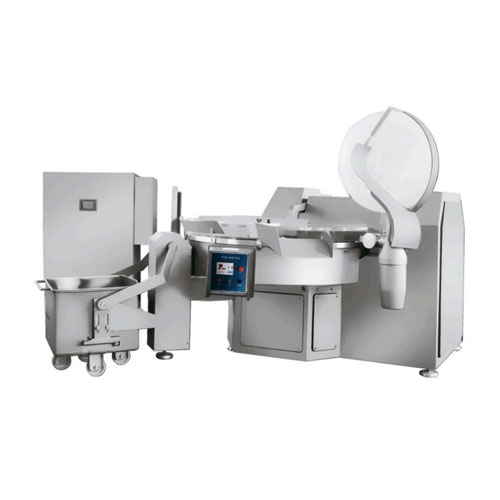
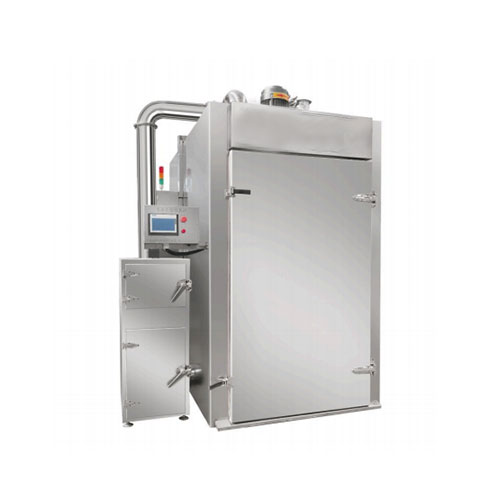
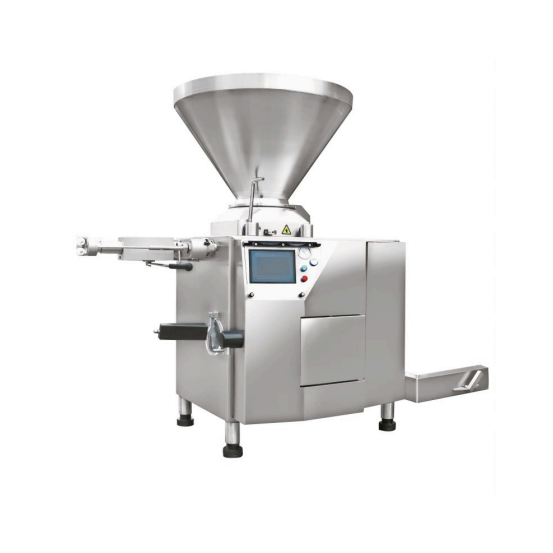
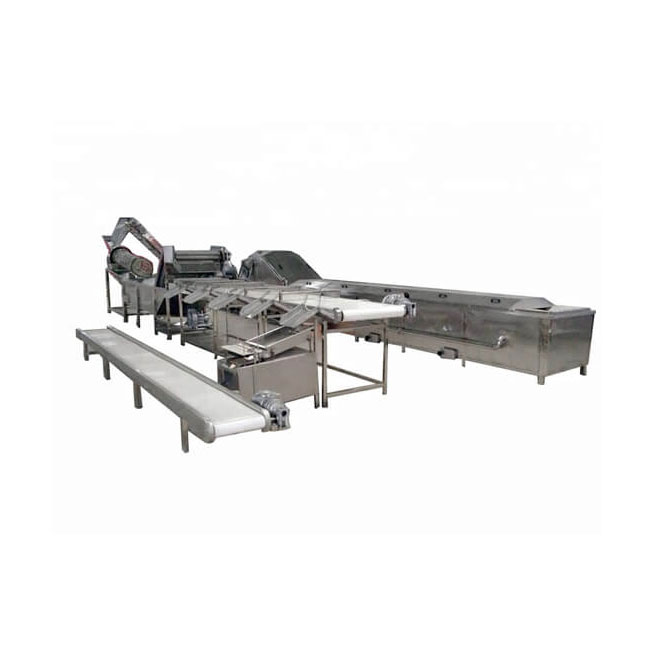
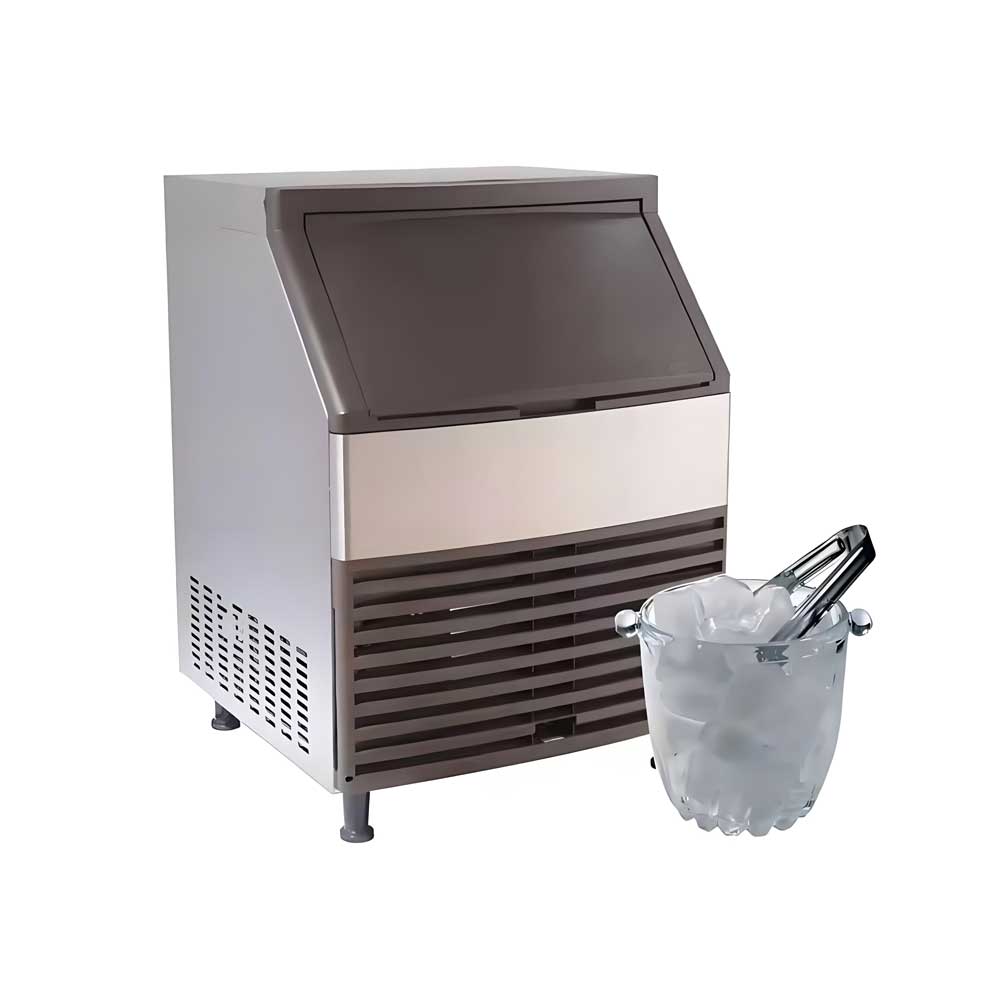
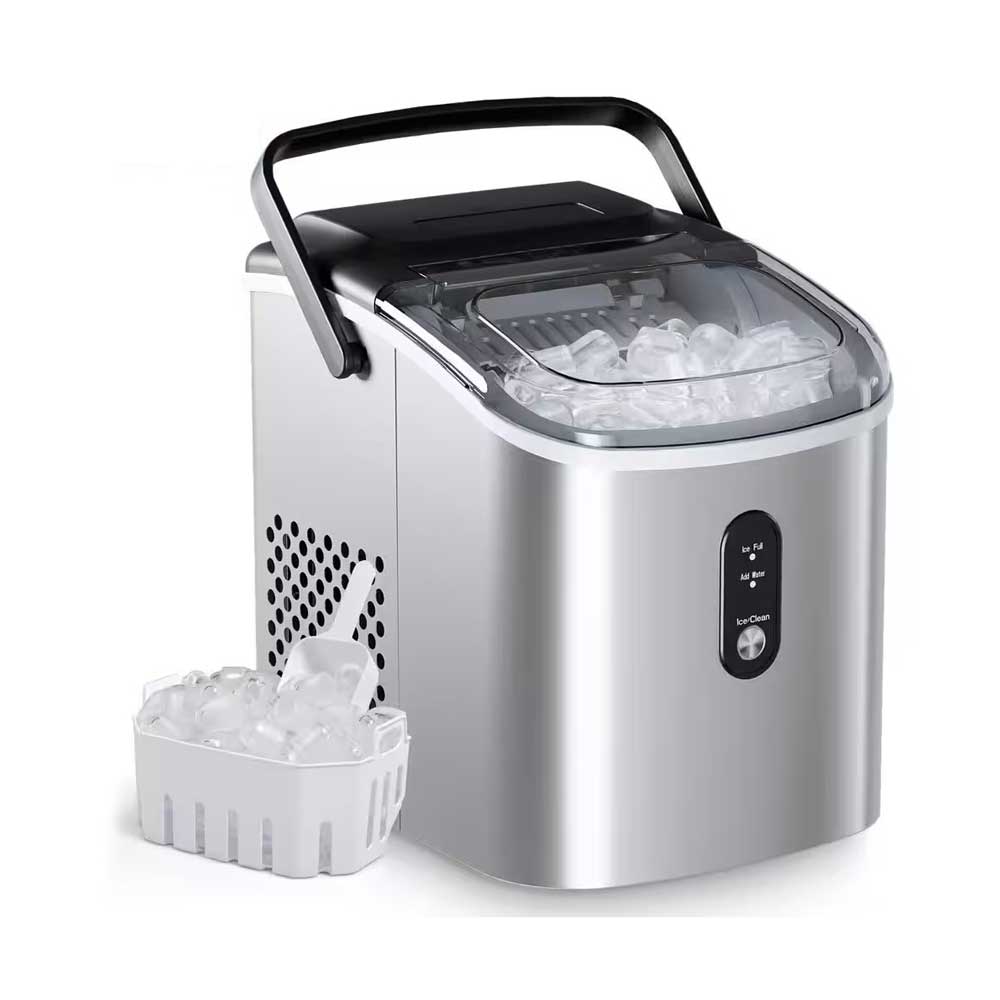 Portable Flake Ice Machine
Portable Flake Ice Machine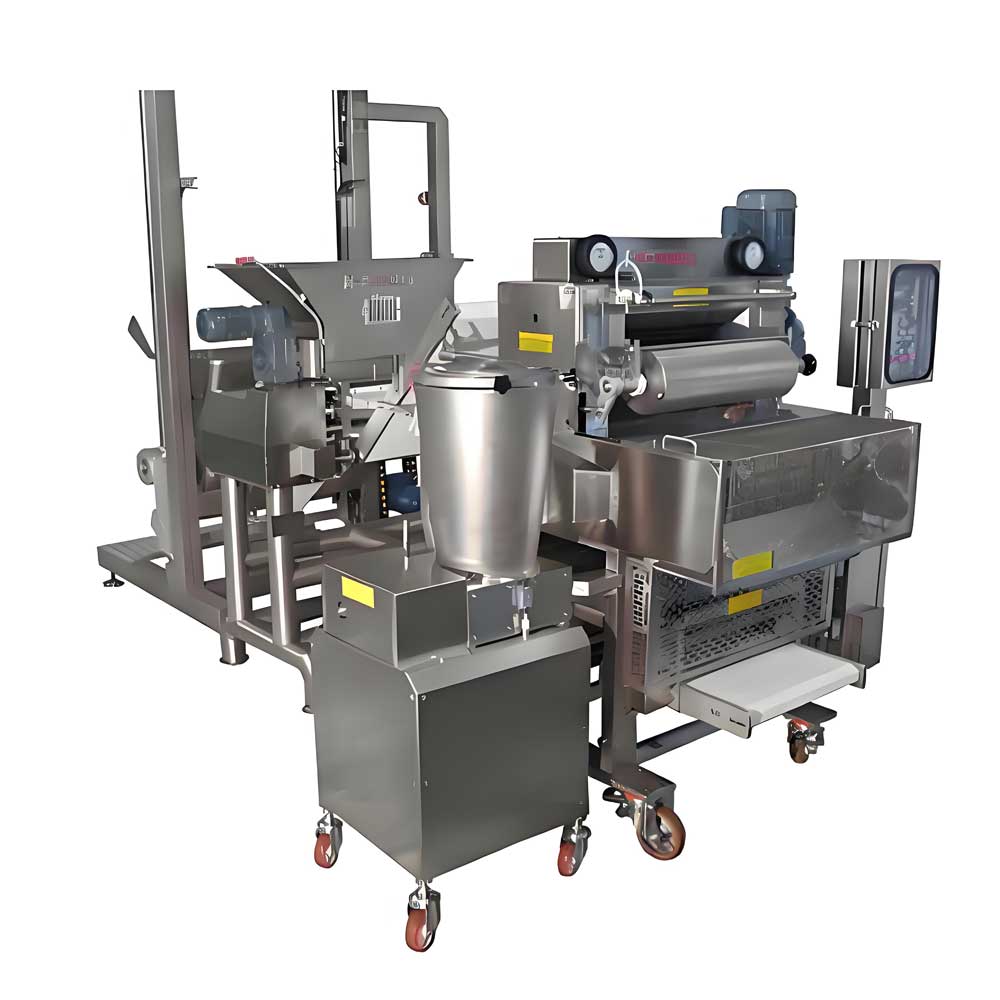 Pelmeni Making Machine
Pelmeni Making Machine
Ready to Get Started?